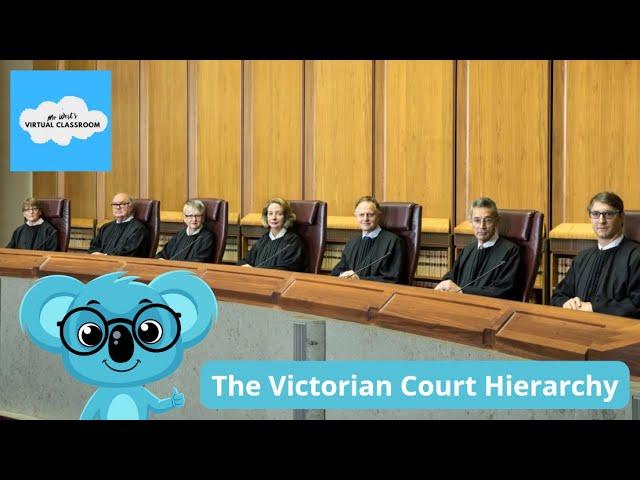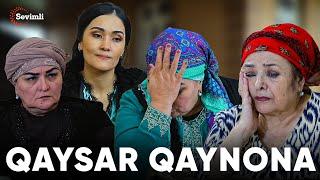
Victorian Court Hierarchy
Part 1: Structure
The main Victorian courts (from least severe case specialty to most severe) are:
• the Magistrates’ Court
• the County Court
• the Supreme Court, which is divided into two divisions: the Trial Division, and the
Court of Appeal.
But, below the Magistrates’ Court are specialist courts such as the Coroners Court and the Children’s Court and tribunals. And above the Supreme Court of Victoria, cases can be appealed to the High Court of Australia.
Each of the courts has its own jurisdiction, which is the right or power of a court to hear or deal with particular cases. Most of the courts in Victoria have the jurisdiction to hear both criminal cases and civil disputes, and some courts have the power to hear appeals.
Part 2: Reasons
Now, there are four main reasons for having a court hierarchy in Victoria:
1. Courts can be experts and specialise in specific areas. Like how the Magistrates’ Court specialises in less severe cases and the Supreme Court in more severe ones.
2. With courts being ranked in a hierarchy, you can appeal a decision that was made by a lower court to a higher one.
3. Precedent, so that the legal system can be more consistent lower courts have to follow the decisions made by higher courts when the material facts of cases are similar
4. It allows for more administrative convenience, because it means courts are able to efficiently and effectively deal with cases without one court managing a speeding fine one minute and a murder the next – they’re not equal and no where near as complex so we send them to different courts so that they can be dealt with more effectively.
The main Victorian courts (from least severe case specialty to most severe) are:
• the Magistrates’ Court
• the County Court
• the Supreme Court, which is divided into two divisions: the Trial Division, and the
Court of Appeal.
But, below the Magistrates’ Court are specialist courts such as the Coroners Court and the Children’s Court and tribunals. And above the Supreme Court of Victoria, cases can be appealed to the High Court of Australia.
Each of the courts has its own jurisdiction, which is the right or power of a court to hear or deal with particular cases. Most of the courts in Victoria have the jurisdiction to hear both criminal cases and civil disputes, and some courts have the power to hear appeals.
Part 2: Reasons
Now, there are four main reasons for having a court hierarchy in Victoria:
1. Courts can be experts and specialise in specific areas. Like how the Magistrates’ Court specialises in less severe cases and the Supreme Court in more severe ones.
2. With courts being ranked in a hierarchy, you can appeal a decision that was made by a lower court to a higher one.
3. Precedent, so that the legal system can be more consistent lower courts have to follow the decisions made by higher courts when the material facts of cases are similar
4. It allows for more administrative convenience, because it means courts are able to efficiently and effectively deal with cases without one court managing a speeding fine one minute and a murder the next – they’re not equal and no where near as complex so we send them to different courts so that they can be dealt with more effectively.
Комментарии:
Victorian Court Hierarchy
Mr West's Virtual Classroom
Сейсмическая привязка
PetroPortal
3 июня 2024 г.
Джанет Болет
DJ REACTION to KPOP - Seventeen Don't Wanna Cry
DJ JINO LIVESTREAMS
Ведущий праздников, КВНщик Вячеслав Мясников!
Конструкторское Бюро Праздников


























